News, events, publications, jobs and more...
Biofabriquer, fabriquer la vie
A Paris-New York airliner is an exact replica of another Paris-New York airliner - including passengers - which landed more than four months ago. Among the three hypotheses put forward by Adrian and his team of scientists, there is bioprinting. “We 3D print biological material. "(L'Anomalie)
A Net tycoon is driven by a crazy ambition: to find a cure for death. To this end he brings together the best specialists. “The idea is to take your liver out and replace it with the same, exactly the same one, created from your own stem cells. No risk, no problem. In a day, it's folded." He said to one of his guinea pigs. (L'Invention des corps)
In two recently award-winning novels, one the 2020 Prix Goncourt, the other one the 2017 Prix de Flore, literature grasps the theme of biofabrication. Biofabrication is an anecdotal reality of our technological society in L’Anomalie, but forces us to rethink the relationship to the body in L’Invention des corps.
Clément Duclos-Vallée, a student at the Ecole Normale Supérieure - Lettres, gives us an account of his reading of these two books in his article "Biofabrication, fabriquer la vie", which can be downloaded here.

Biofabriquer, fabriquer la vie
A Paris-New York airliner is an exact replica of another Paris-New York airliner - including passengers - which landed more than four months ago. Among the three hypotheses put forward by Adrian and his team of scientists, there is bioprinting. “We 3D print biological material. "(L'Anomalie)
A Net tycoon is driven by a crazy ambition: to find a cure for death...

Upturn with GoLiver
After drawing the attention of the European Commission, GoLiver Therapeutics, a member of IFBF (see our news post as of December 6) attracted that of the French State which granted it an stimulus plan aid of 1 million €uros. The young company founded in 2017 will be able to establish a capacity for the bioproduction of clinical batches of its injectable solution of liver cells manufactured in vitro from pluripotent stem cells and consider a phase trial with the Centre Hépato-Biliaire of the Paul-Brousse hospital, another member of IFBF, the leading European liver transplant center.
This aid rewards the efforts of GoLiver but also those of the partners of the iLite University Hospital Research Project dedicated to regenerative liver medicine, which GoLiver actively participates in.
You can read this article from Les Echos here and the company's press release by clicking on the image below.
Upturn with GoLiver
After drawing the attention of the European Commission, GoLiver Therapeutics, a member of IFBF (see our news post as of December 6) attracted that of the French State...

Tissue and Organ Bioengineering doctoral course 2021
Launched at the initiative of IFBF in 2017, the fifth course session "Tissue and organ bioengineering" of the doctoral school "Therapeutic innovation - from the fundamental to the applied" of Paris-Saclay University will be held on the 7th, 8th and 9th of next April as a webinar.
Experts from many health, education and research institutions,
- both French (AP-HP, Ecole Polytechnique, IFBF, Inserm, Institut Pasteur, Institut Pierre-Gilles de Gennes, Institut de la Vision, IRBA, Sup'Biotech, UTC),
- and foreign (Health Sciences Institute in Aragon, University of Tokyo)
as well as from a company (Sanofi),
will present the many specialties contributing to the new discipline of biofabrication:
- cell and organoid culture,
- matrices and "scaffolds",
- bio-printing,
- organs-on-a-chip,
- bio-artificial extracorporeal systems,
- regulatory, economic and ethical aspects.
Please read the detailed program here.
Registration is free but compulsary, please click on the image below.
Tissue and Organ Bioengineering doctoral course 2021
Launched at the initiative of IFBF in 2017, the fifth course session "Tissue and organ bioengineering" of the doctoral school "Therapeutic innovation - from the fundamental to the applied" of Paris-Saclay University will be held on the 7th, 8th and 9th of next April as a webinar...
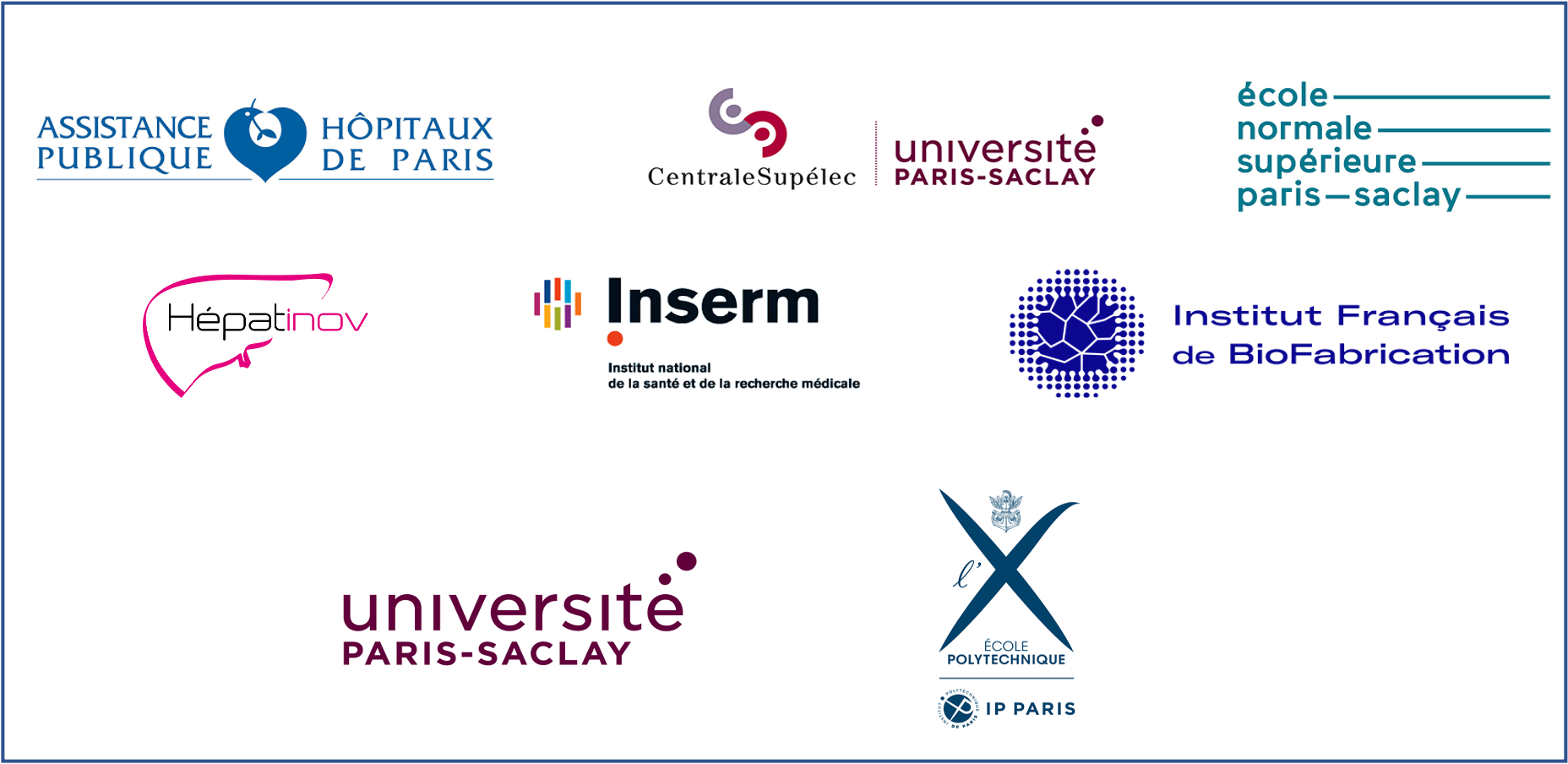
Neanderthal-like mini-brain
The issue of Nature dated 11th of February discusses the findings on a “Neanderthal-like mini-brain’ as published by Science on the same day.
Researchers started by altering the genome of human pluripotent stem cells and swapping the human NOVA1 gene for its Neanderthal and Denisovian variant. Then, they cultured the stem cells into cerebral organoids.
These organoids differ from human ones, in size, shape, texture and activity. It may be that humans have benefited from the change of a single base of NOVA1 for yet unknown advantages.
You can download the Nature article or visit the Nature and Science sites.
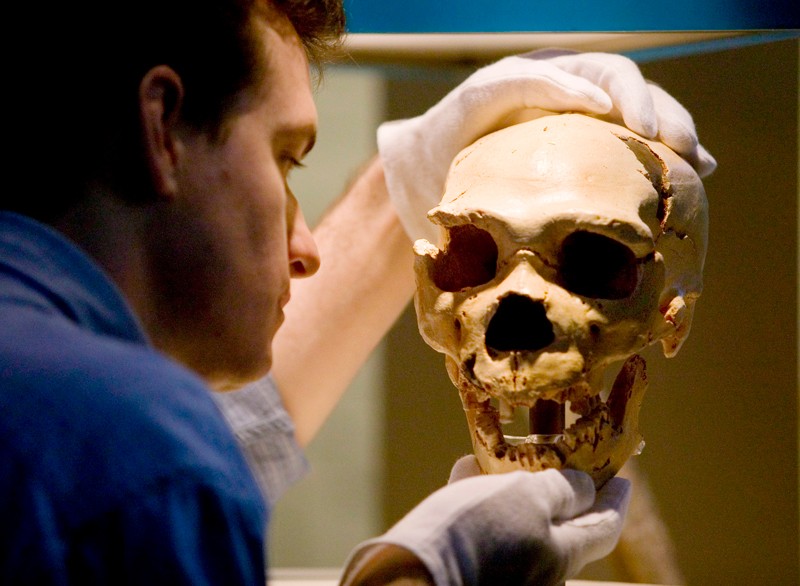
credit: Natural History Museum London
Neanderthal-like mini-brain
The issue of Nature dated 11th of February discusses the findings on a “Neanderthal-like mini-brain’ as published by Science on the same day...

HOPE - Human Organs, Physiology and Engineering
LeapW, launched by the Wellcome Trust, received 300 m$ in May 2020 as initial funding. Its purpose is to finance programs that aim to deliver breakthroughs in human health over 5 - 10 years positioning itself at the intersection of basic science and application.
Wellcome LeapW kicked off its funding with the $50M HOPE (Human Organs, Physiology and Engineering) program aiming at bioengineering a multiorgan platform that recreates human immunological responses and demonstrating the advances necessary to restore organ functions using cultivated organs or biological/synthetic hybrid systems that would result in a doubling of the 5-year survival rate of patients and point to a fully transplantable, non-rejected, human organ within 10 years.
HOPE recently announced the selected researchers of which Ludovic Vallier from the University of Cambridge, one of the international experts in organoids and more particularly hepatic organoids (see our post dated January 18, 2021). Congratulations to Ludovic and all his colleagues.
More information on HOPE by clicking on the image below:
HOPE - Human Organs, Physiology and Engineering
LeapW, launched by the Wellcome Trust, received 300 m$ in May 2020 as initial funding. Its purpose is to finance programs that aim to deliver breakthroughs in human health over 5 - 10 years positioning itself at the intersection of basic science and application.
Wellcome LeapW kicked off its funding with the $50M HOPE (Human Organs, Physiology and Engineering) program aiming at bioengineering...

Heart tissue therapy
Evotec SE, a company specializing in the discovery of new drugs, particularly by high throughput screening, and the Medical Center Hamburg-Eppendorf (UKE) have announced a multi-year collaboration aimed at the development of tissue therapy for the treatment of heart failure.
Evotec will leverage its biobank of induced pluripotent cells, some genetically modified, and their differentiation into cardiomyocytes and UKE will use its proprietary implantable cardiac tissue biofabrication technology.
Evotec's press release is available by clicking on the company logo below.
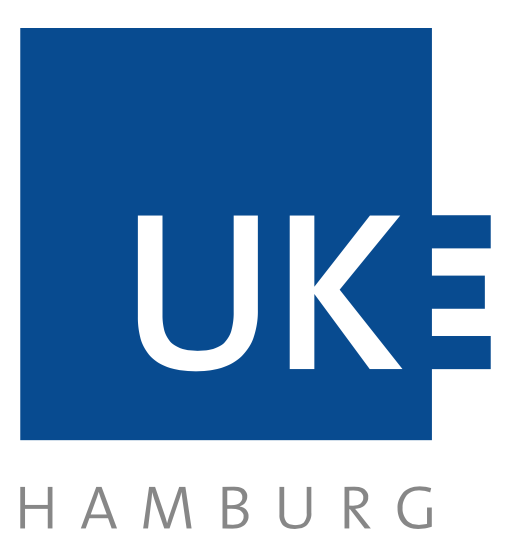
Heart tissue therapy
Evotec SE and the Medical Center Hamburg-Eppendorf (UKE) have announced a multi-year collaboration aimed at the development of tissue therapy ...


BONE - Bio-fabrication of Orthopaedics in a New Era
Osteoporosis is the leading cause of bone fractures in all regions of the European Union. The economic and societal burden of bone fractures is enormous and could be reduced by implementing affordable and curative healthcare solutions that ensure faster recovery with lower healthcare costs.
The emerging field of regenerative medicine offers potential solutions: 3D scaffolds created through an innovative technology called electrospinning promise to support the regeneration of skeletal bone and replace the need for tissue donors, repeated operations or drugs in progress.
The objective of the BONE research project is to accelerate the valorization of profitable 3D implants manufactured by electrospinning in collaboration between 4 research institutes, 4 business support organizations and 5 industrial organizations.
Medicen Paris Region, founding member of the IFBF, is a partner in this project.
Watch a video presentation of BONE by clicking on the image below:

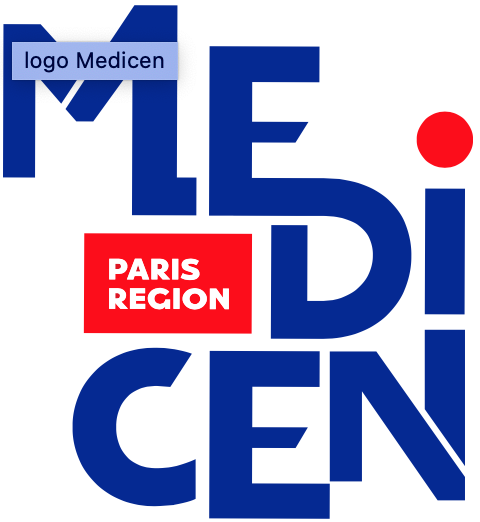
BONE - Bio-fabrication of Orthopaedics in a New Era
Osteoporosis is the leading cause of bone fractures in all regions of the European Union...
The objective of the BONE research project is to accelerate the valorization of profitable 3D implants...


Single Cell Transcriptome Analyses ... using cellenONE ... A comparison of spheroids vs 2D culture
On the 26th of January, Cellenion, a member of IFBF, will present its solutions for single-cell analyses of 3D cellular models. In this webinar, the company will present results from a comparative transcriptomic study of HepaRG cells grown in traditional 2D monolayer versus 3D spheroids.
This study, part of the iLite project, demonstrates the power of single-cell analyses and confirms that HepaRG cells grown as 3D spheroids show a more hepatic phenotype as compared to cells cultured in a 2D monolayer.
Registration is free but compulsory by clicking on the image below:

Single Cell Transcriptome Analyses ... using cellenONE ... A comparison of spheroids vs 2D culture
On the 26th of January, Cellenion, a member of IFBF, will present its solutions for single-cell analyses of 3D cellular models. In this webinar, the company will present results from a comparative transcriptomic study of HepaRG cells grown in traditional 2D monolayer versus 3D spheroids...


EASO, TERMIS and ISS Aragon winter school in February 2021 (update)
In addition to our post of the 1st of December last year (see below), you will find here the presentation document of the conference.

EASO, TERMIS and ISS Aragon winter school in February 2021 (update)
In addition to our post of the 1st of December last year (see below)...

Pluripotent stem cells and organoids for the study of liver disease
On January 27, the webinar of the Hépatinov FHU (Hospital-University Federation) run by Prof. Duclos-Vallée will be about "Pluripotent and organoid stem cells for the study of liver diseases".
It will be moderated by Ludovic Vallier from the University of Cambridge, one of the international experts in organoids and more particularly hepatic organoids.
You can join the seminar by clicking on the image below:
Pluripotent stem cells and organoids for the study of liver disease
On January 27, the webinar of the Hépatinov FHU (Federation Hospital-University Federation) directed by Prof. Duclos-Vallée will be about "Pluripotent and organoid stem cells for the study of liver diseases".
It will be moderated by Ludovic Vallier...

How far can brain organoid research go?
On January 27, the next edition of the virtual meetings of the FSSCR (French Society for Stem Cell Research) will answer the question "How far can brain organoid research go?" and will be moderated by Sergiu Pasca of Stanford University, one of the internationally renowned experts in the field of neuronal organoids.
Registration is free but compulsory by clicking on the image below:
How far can brain organoid research go?
On January 27, the next edition of the virtual meetings of the FSSCR will answer the question "How far can brain organoid research go?" and will be moderated by Sergiu Pasca of Stanford University...
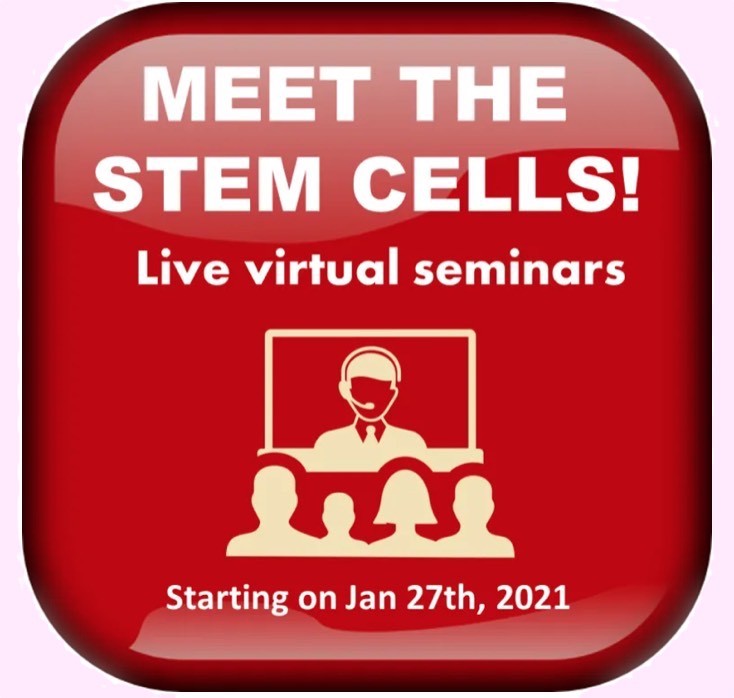
Frontiers of stem cell and organoid technology 2021
The 2021 session of the "Frontiers of stem cell and organoid technology" seminar will be held from Monday the 25th to Thursday the 28th of January by video conference.
The seminar aims at fostering the cooperation between French and Japanese researchers and is organized in particular by Maxime Mahé (Inserm, University of Nantes) and member of the Scientific Council of the IFBF.
You will find the seminar program by following this link and can register here (free but compulsory registration).
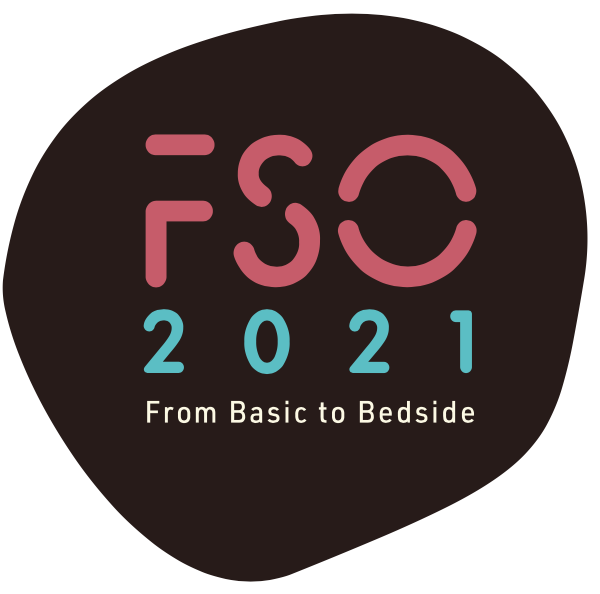
Frontiers of stem cell and organoid technology 2021
The 2021 session of the "Frontiers of stem cell and organoid technology" seminar will be held from Monday the 25th to Thursday the 28th of January by video conference...
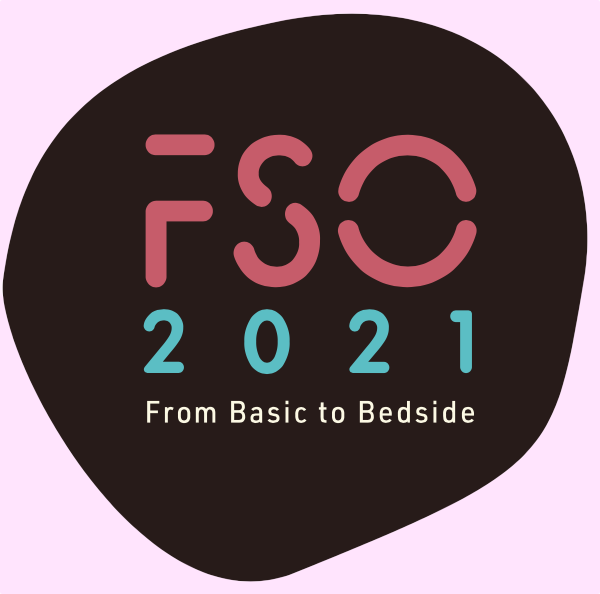
Differentiation of stem cells into hepatocytes: new protocols and clinical applications
A recent article published in the journal Hepatology reports on the progress of protocols for differentiating stem cells into hepatocytes. Human pluripotent stem cells can be amplified indefinitely and differentiated into any type of cell. But the liver cells obtained after differentiation have more foetal characteristics than adult ones. New technologies have been used to improve the differentiation process in recent years. They give hope for promising clinical applications.
The article was written by E. Luce and A. Messina under the supervision of A. Dubart-Kupperschmitt and JC Duclos-Vallée, members of the IFBF and involved in the iLite project.
It will be available soon through this link.

Differentiation of stem cells into hepatocytes: new protocols and clinical applications
A recent article published in the journal Hepatology reports on the progress of protocols for differentiating stem cells into hepatocytes. Human pluripotent stem cells can be amplified indefinitely and differentiated into any type of cell. But the liver cells obtained after differentiation...

IBEC - Webinar - Mechanobiology of intestinal organoids
The Institute for Bioengineering of Catalonia (IBEC) is one of the few European centers specializing in biofabrication.
IBEC recently uploaded a video of a webinar hosted by one of its research directors, Xavier Trepat, devoted to the mechanobiology of intestinal organoids (traction, pressure, constriction).
The video can be seen here.

IBEC - Webinar - Mechanobiology of intestinal organoids
The Institute for Bioengineering of Catalonia (IBEC) is one of the few European centers specializing in biofabrication.
IBEC recently uploaded a video of a webinar...

Industrial and clinical applications of research on biomaterials
“Industrial and clinical applications of research on biomaterials” was the theme of the presentation by Didier Letourneur, director of the Laboratory for Vascular Translational Science and member of the Scientific Council of IFBF on the occasion of the 2nd scientific day of the Institute for Research on Medicines and Therapeutic Innovation (IRMIT, Université Paris-Saclay).
From an Egyptian artificial toe (2300 BC) to porous polysaccharide matrices and their preclinical testing (heart, liver, brain, bone repairs; vascular engineering; biofabricated skin; drug delivery system ...), the benefits of biomaterials research are increasingly promising.
Didier Letourneur's presentation (in French) can be downloaded here.
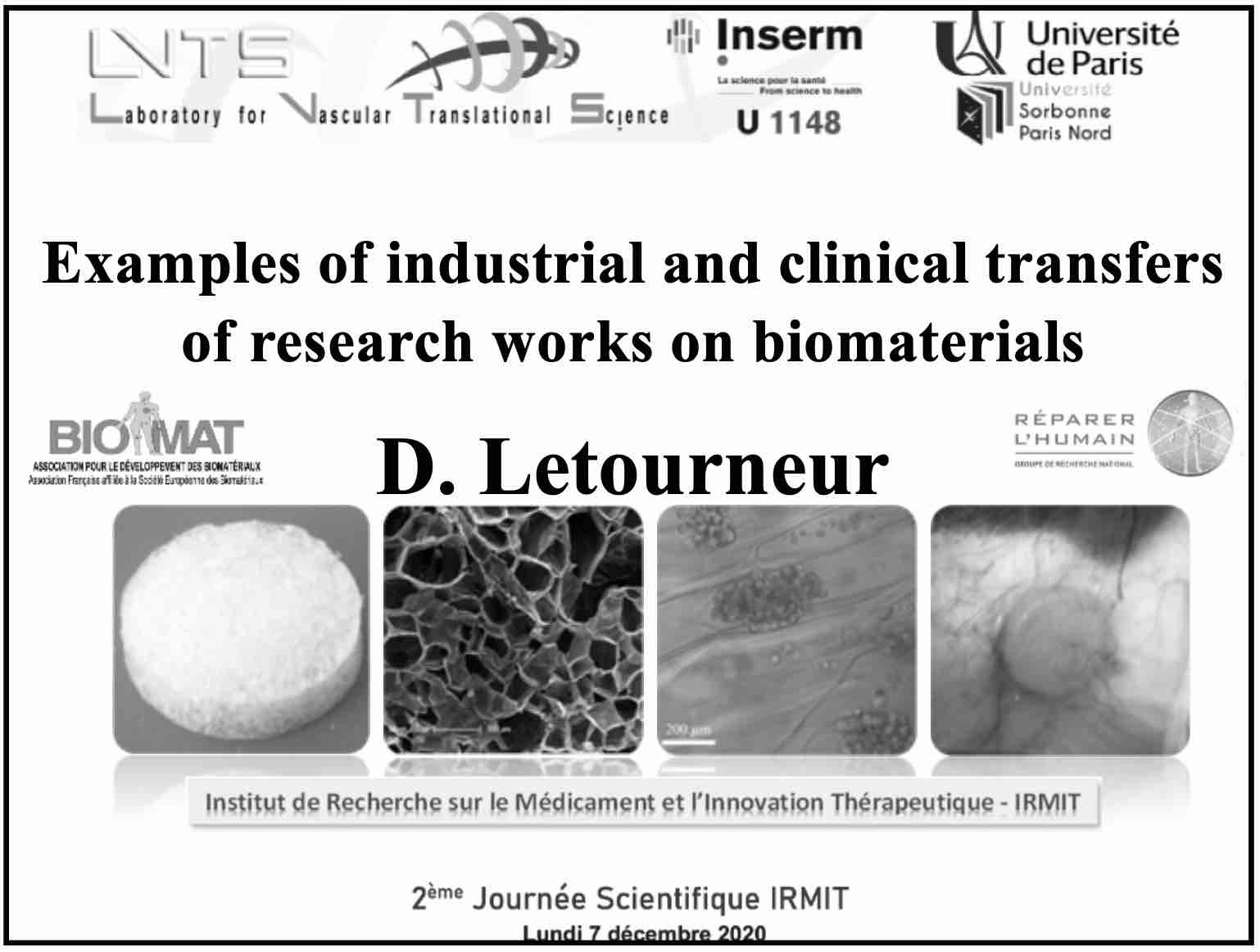
Industrial and clinical applications of research on biomaterials
“Industrial and clinical applications of research on biomaterials” was the theme of the presentation by Didier Letourneur, director of the Laboratory for Vascular Translational Science and member of the Scientific Council of IFBF...

GoLiver Tx: Seal of Excellence
GoLiver Therapeutics, a member of IFBF, received on November 25 the Seal of Excellence from the European Commission within the framework of Horizon H2020-EIC Accelerator for its GotoMars phase 1 clinical trial targetting the treatment of acute hepatic insufficiency using differentiated pluripotent stem cells. This project was developed in collaboration with hospitals including the Hepato-Biliary Center, also a member of IFBF.
The “label of excellence” is a quality label awarded to project proposals submitted for funding under Horizon 2020, the EU's framework program for research and innovation.
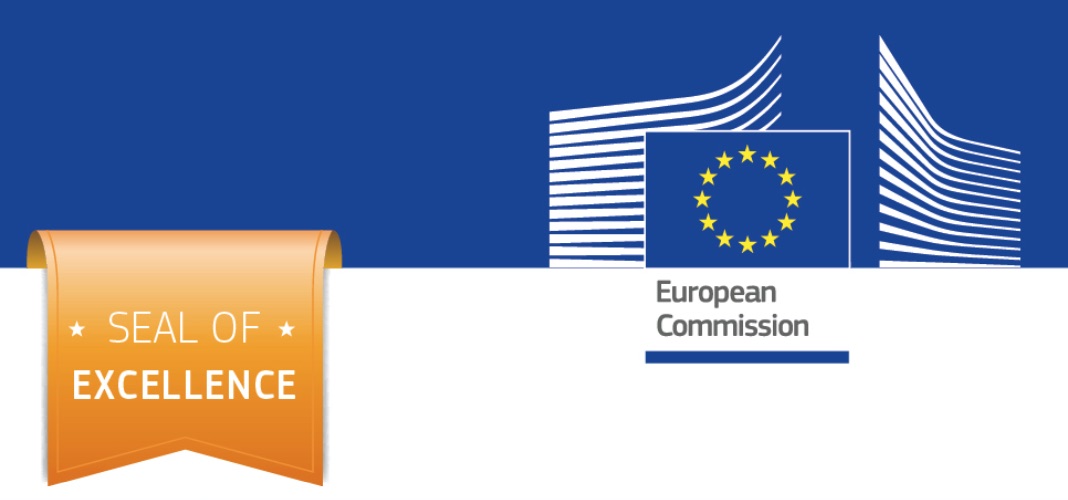
GoLiver Tx: Seal of Excellence
GoLiver Therapeutics, a member of IFBF, received on November 25 the Seal of Excellence from the European Commission...

EASO, TERMIS and ISS Aragon winter school in February 2021
The European Society for Artificial Organs (EASO), a worldwide association for the promotion of tissue & organ support and regeneration by artificial organ technology, the Tissue Engineering and RegenerativeMedecine International Society (TERMIS) for the advancement of the science and technology of tissue engineering and regenerative medicine and the Health Research Institute of Aragon (IIS Aragon) organize an online winter school on February 24-26, 2021: “The Bionic Human: Biomaterials, (Bio)Artificial and Bioengineered Organs, and Cybernetics for the Future of Regenerative Medicine”.
Pr Duclos-Vallée, Chairman of IFBF and Cécile Legallais, a member of the Scientific Committee of IFBF will discuss bio-artificial organs.
You can consult the program of the winter school here.

EASO, TERMIS and ISS Aragon winter school in February 2021
EASO, TERMIS and IIS Aragon organize an online winter school on February 24-26, 2021: “ The Bionic Human: Biomaterials, (Bio)Artificial and Bioengineered Organs, and Cybernetics for the Future of Regenerative Medicine ”...

Call for donations - 2020
Dear Madam, dear Sir,
The French Institute of BioFabrication welcomes your interest in biofabrication, a new scientific field in healthcare with a future.
IFBF exists thanks to its volunteers but also thanks to the generosity of its donors.
We submit this document to your attention hoping to benefit from your generosity.
Best regards,
The Executive Board
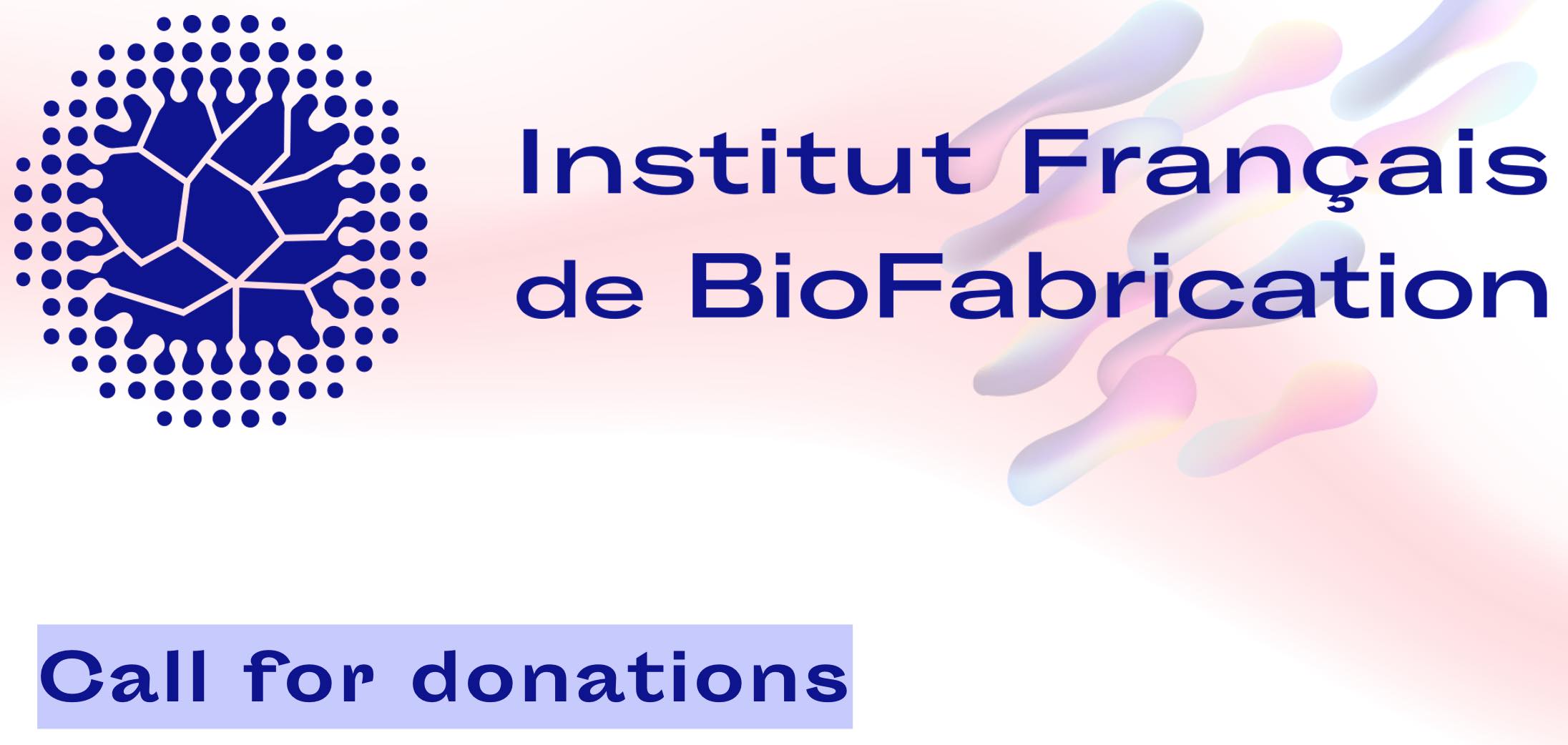 - Your donation entitles you to a significant tax reduction -
- Your donation entitles you to a significant tax reduction -
Call for donations - 2020
Dear Madam, dear Sir,
The French Institute of BioFabrication welcomes your interest in biofabrication, a new scientific field in healthcare with a future.
IFBF exists thanks to its volunteers but also thanks to the generosity of its donors...
Your donation entitles you to a significant tax reduction
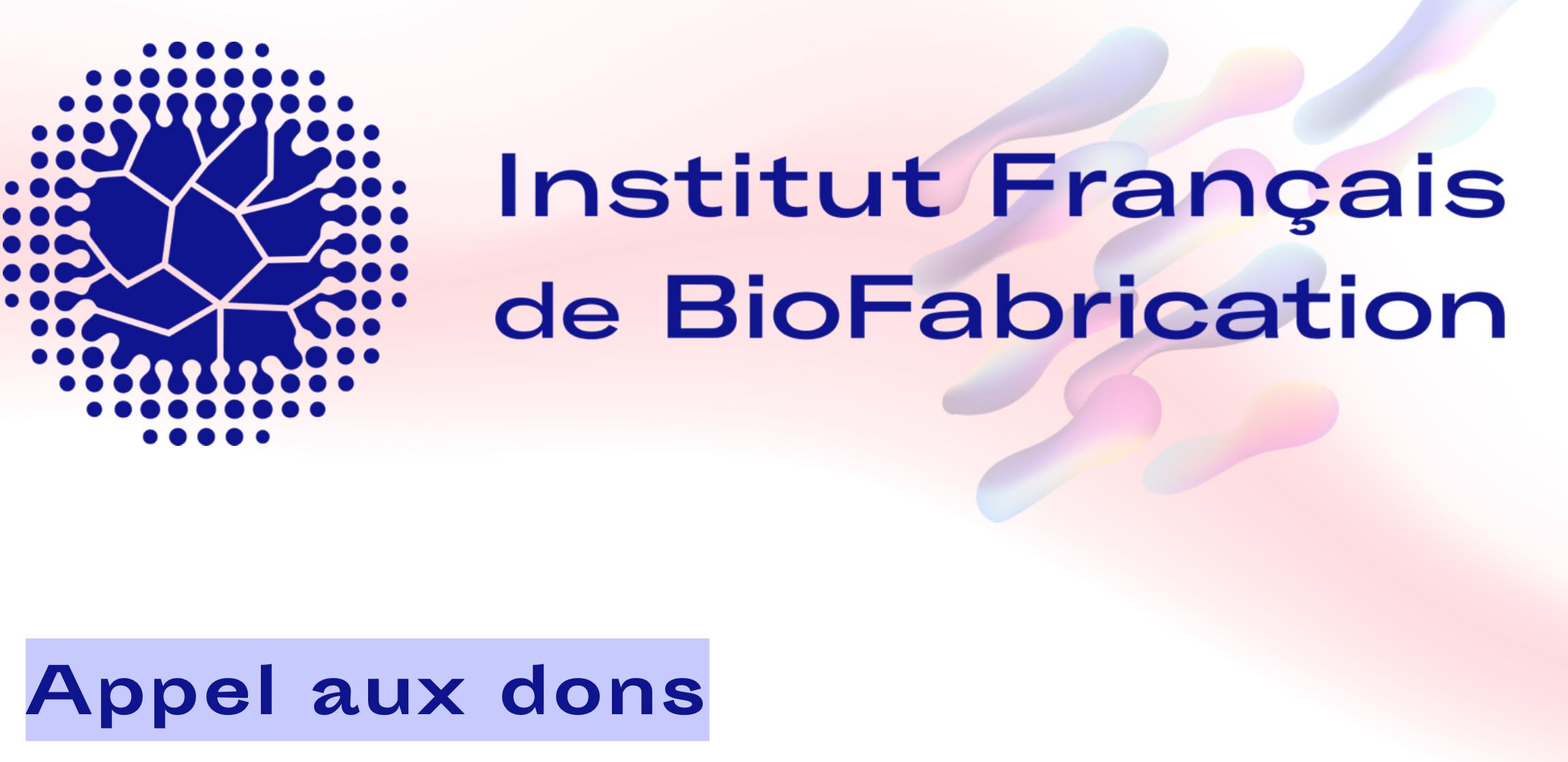
$ 5.5 bn for regenerative medicine in California
On November 3, Californian voters went to the polls to choose their next President of the Union but also to vote on several bills. They approved Proposal 14 of a 30-year, $ 5.5 billion funding for the California Institute for Regenerative Medicine - CIRM. This funding takes over from the initial funding to the tune of $ 2.7 billion since the creation of the institute in 2004.
CIRM funds technical infrastructures and stem cell research in California, including organoid manufacturing, organ-on-chip development, bioprinting and more generally biofabrication.
Read the press release here.

$ 5.5 bn for regenerative medicine in California
On November 3, Californian voters went to the polls ... They approved Proposal 14 of a 30-year, $ 5.5 billion funding for the California Institute for Regenerative Medicine - CIRM...

A biomanufacturing campus for regenerative medicine in Canada
The Ontario Institute for Regenerative Medecine (OIRM), founded in 2014 and funded by the Canadian government, brings together more than 250 researchers from the province of Ontario specialized in stem cell culture and biofabrication (skin, heart muscle, etc.) .
Responsible for promoting the results of the research from OIRM, the Center for Commercialization of Regenerative Medicine (CCRM) is a project accelerator specializing in regenerative medicine, cell therapy and gene therapy. Funding is provided by the Canadian government and the Province of Ontario. It has a 40,000 ft² platform located in Toronto, a quarter of which meets the requirements of Good Manufacturing Practices-GMP.
CCRM plans with the innovation park of Hamilton, the third largest city in the province, to build a "biomanufacturing campus" specializing in regenerative medicine around what will be the largest Contract Development and Manufacturing Organization (CDMO) of Canada (see the press release here).
Canada is thus asserting its ambitions in regenerative medicine, bioproduction and biofabrication.

(an artist's view of the biomanufacturing campus)
A biomanufacturing campus for regenerative medicine in Canada
...plans ... to build a "biomanufacturing campus" specializing in regenerative medicine around what will be the largest Contract Development and Manufacturing Organization (CDMO) of Canada...
Canada is thus asserting its ambitions in regenerative medicine, bioproduction and biofabrication.

Rethinking innovation in health
Contemporary society attributes significant merits to innovation, especially in the field of health. Medical innovation is supposed to increase lifespan, improve the quality of life and generate significant economic benefits.
This is all the more the case for so-called disruptive innovations, including biofabrication, the results of which are considered a priori to be very promising.
However, experience shows that "there is often only a step between disruption and sensationalism" and a legitimate question is asked: "Does a drug that is effective but inaccessible because too expensive constitute real progress? "
In a recent note, Inserm's Ethics Committee questions innovations in their definition, the means of evaluating them and orienting their production according to their characteristics.
The Committee's note, in French, can be downloaded (here) or viewed on the Inserm website (here).
In addition, the 7th edition of the annual Inserm Ethics Committee meeting, on November 25, will be dedicated to this theme. To register, follow this link.
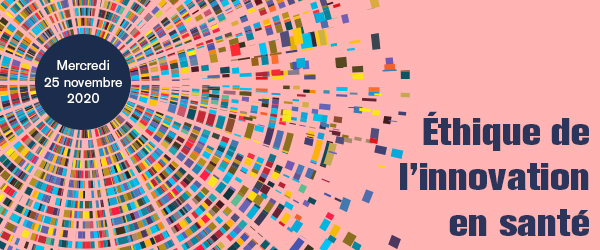
Rethinking innovation in health
Contemporary society attributes significant merits to innovation, especially in the field of health. Medical innovation is supposed to increase lifespan, improve the quality of life and generate significant economic benefits.
This is all the more the case for so-called disruptive innovations, including biofabrication, the results of which are considered a priori to be very promising...

Formation of bile tubes in a 3D culture system
Researchers from Inserm UMR_S1193 at Paul Brousse Hospital in Villejuif led by Anne Dubart-Kupperschmitt (see here), member of the IFBF Scientific Committee, have shown, as part of the iLite University Hospital Research project ( innovations in Liver tissue engineering), that induced human pluripotent cells (hiPSCs) could be differentiated into cholangiocytes capable of self-assembly to form bile tubes in a three-dimensional culture system. The active transport of a fluorescent bile acid analog has shown the functionality of the tubes formed, demonstrating the potential of these structures in a bioconstruction approach.
The article detailing the protocol appeared last July in Methods in Cell Biology volume 159 (see here).
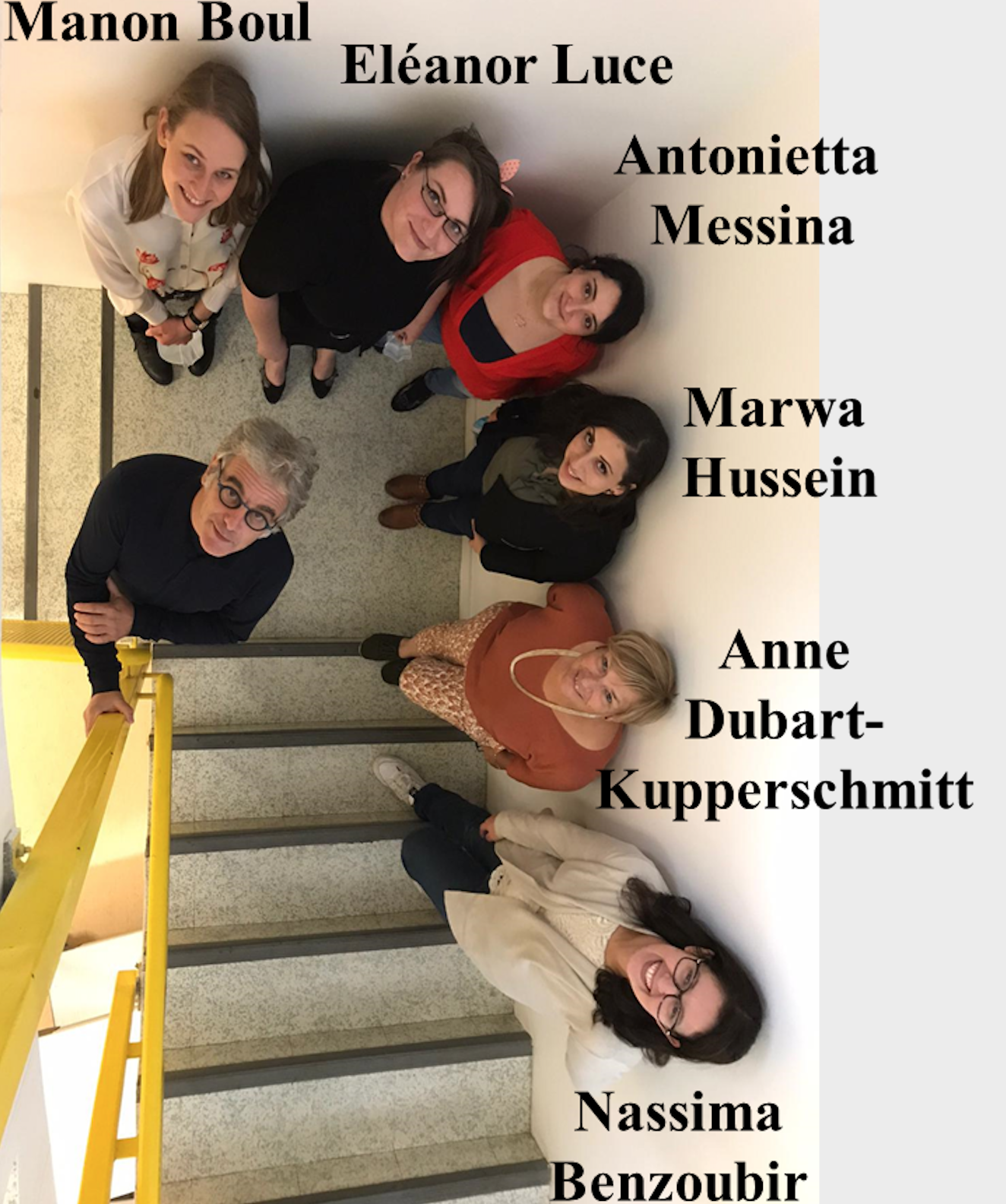
The team with Prof. Duclos-Vallée, scientific manager of the iLite project
Formation of bile tubes in a 3D culture system
Researchers from Inserm UMR_S1193 at Paul Brousse Hospital in Villejuif led by Anne Dubart-Kupperschmitt, member of the IFBF Scientific Committee, have shown, as part of the iLite University Hospital Research project ( innovations in Liver tissue engineering), that induced human pluripotent cells (hiPSCs) could be differentiated into cholangiocytes...
Organoids: created in vitro but as close as possible to living tissues
The “Quotidien du Médecin” reports in an article published on September 8 (see here) of its interviews with several organoid specialists, in particular Anne Dubart-Kupperschmitt, member of the IFBF Scientific Council (see here) and Jean-Charles Duclos-Vallée, president of the Institute (see here).
Researchers and clinicians have highlighted the great interest that organoids represent for the understanding of diseases (currently Covid-19, see our post of June 26), the development of new molecules, the regeneration of tissues and the transplantation of organs. They also mentioned the challenges they face, that of vascularity in the first place.
Particular emphasis has been placed on liver organoids capable of reproducing large numbers of organ functions, the total of which exceeds 500. The article ends with the mention of the test on small animals of a hepatic bioreactor, one of the objectives of the iLite project (see here).
Organoids: created in vitro but as close as possible to living tissues
The “Quotidien du Médecin” reports in an article published on September 8 of its interviews with several organoid specialists, in particular Anne Dubart-Kupperschmitt, member of the IFBF Scientific Council and Jean-Charles Duclos-Vallée, president of the Institute.
Researchers and clinicians have highlighted the great interest ...
Tissue engineering and the pandemic
After Nature (see the news dated June 26, 2020), the New York Times echoes the use of tissue engineering, and in particular bioprinting, to test pharmaceutical molecules.
"...Anthony Atala, the director of the Wake Forest Institute for Regenerative Medicine, and his team are creating tiny replicas of human organs — some as small as a pinhead — to test drugs to fight Covid-19.
The team is constructing miniature lungs and colons — two organs particularly affected by the coronavirus — then sending them overnight by courier for testing at a biosafety lab at George Mason University in Fairfax, Va...
In the past few years, Dr. Atala’s institute had already printed these tiny clusters of cells to test drug efficacy against bacteria and infectious diseases like the Zika virus, “but we never thought we’d be considering this for a pandemic,” he said. His team has the ability to print “thousands an hour,” he said from his lab in Winston-Salem, N.C."
The New York Times open access article can be viewed here or on the newspaper's website here.
Tissue engineering and the pandemic
As shortages of personal protective equipment persist during the coronavirus pandemic, 3-D printing has helped to alleviate some of the gaps. But Anthony Atala, the director of the Wake Forest Institute for Regenerative Medicine, and his team are using the process in a more innovative way: creating tiny replicas of human organs — some as small as a pinhead — to test drugs to fight Covid-19.
The team is constructing miniature lungs and colons...